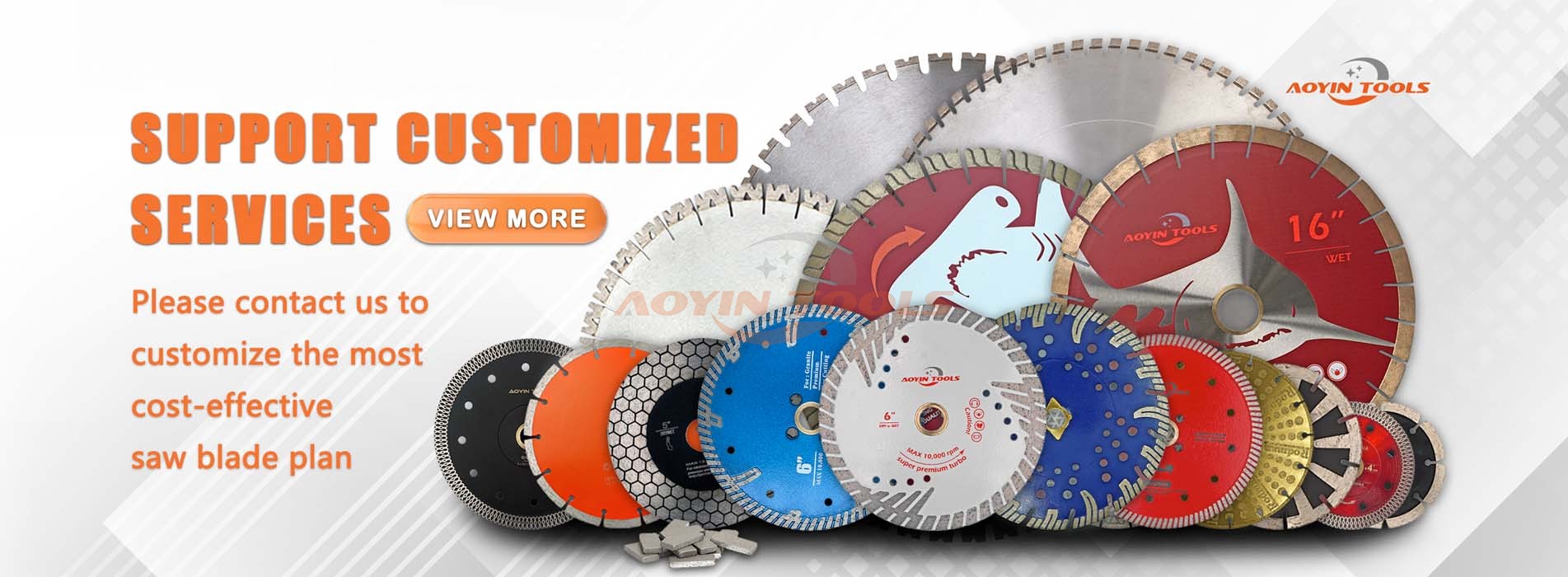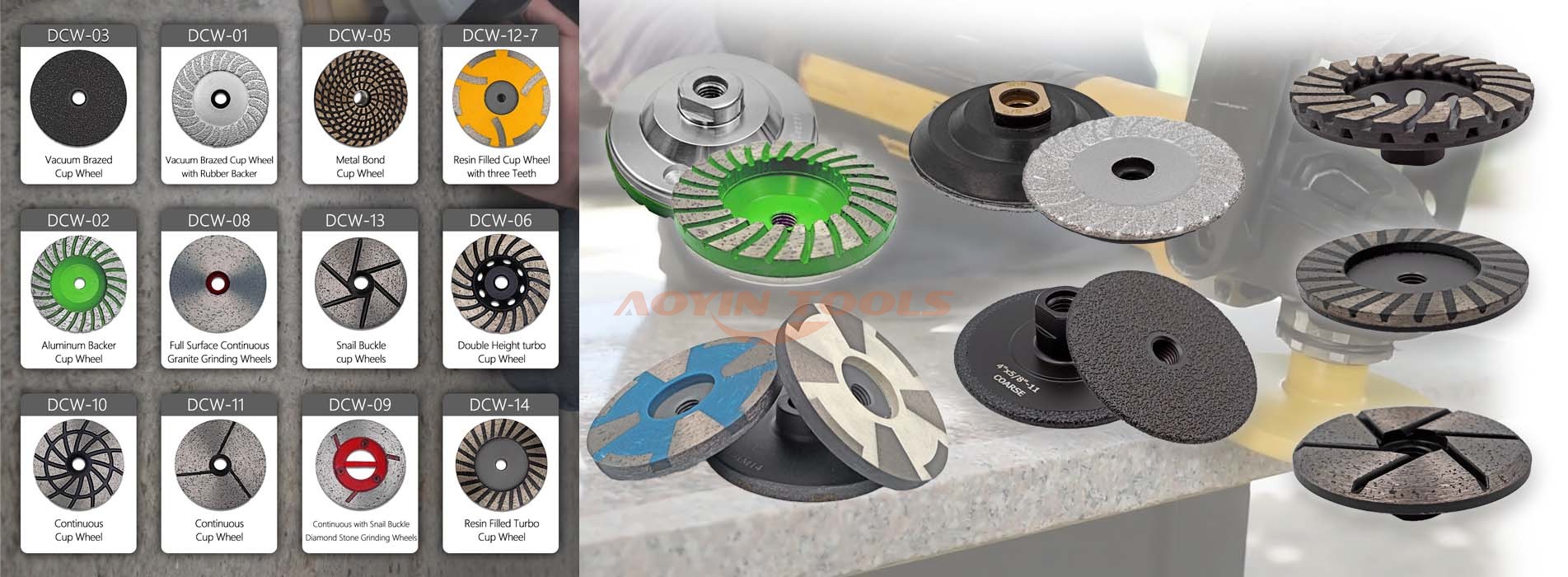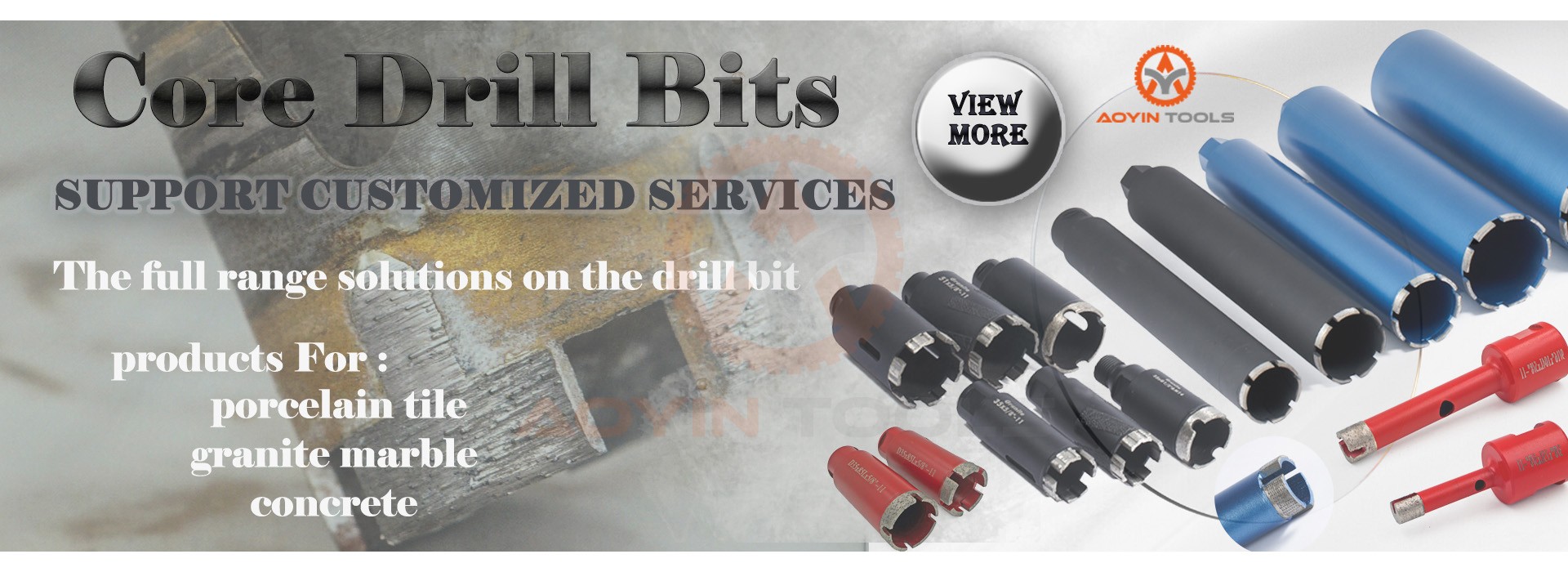Dear Customers,
Chinese New Year, or Lunar New Year, is a time of celebration, family reunions, and new beginnings. As one of China’s most important holidays, it is celebrated with festive traditions and a sense of hope for the year ahead. We’d like to share a glimpse into these traditions and inform you of our service schedule during this period.

Chinese New Year Traditions
During Chinese New Year, families come together to celebrate with a variety of traditions:
Spring Cleaning: Symbolizing the removal of bad luck to welcome the new year’s prosperity.
Reunion Dinner: A feast with loved ones, filled with traditional foods and blessings.
Red Envelopes: A symbol of good luck, where elders give money-filled envelopes to younger family members.
Festive Celebrations: Including dragon and lion dances, fireworks, and decorations in red and gold.

Service Update During the Holiday
To allow our team to celebrate with family, our operations will be adjusted during this period. Please note the following:
Holiday Period: Our team will be on holiday from Chinese New Year’s Eve (Lunar New Year’s Eve) to the 7th day of the lunar new year.
Response Time: Expect slower response times for emails and inquiries. We will prioritize addressing them as soon as we return.
Order & Shipping: Some shipments may be delayed. We recommend placing orders early to avoid any disruptions.
Product Support: For product-related questions, feel free to contact us before the holiday. We’ll handle everything promptly after the break.
A New Year, A New Opportunity with AOYIN Tools
As we enter the new year, AOYIN Tools remains committed to providing you with high-quality diamond tools for stone, ceramic, and construction industries. Whether you need diamond saw blades, core bits, or polishing tools, we offer innovative solutions to enhance your business.
We appreciate your understanding during the holiday season and look forward to a continued partnership in the coming year. Together, we will face new opportunities and challenges with high-performance tools that meet your every need.
Wishing you a prosperous and successful New Year!
The AOYIN Tools Team










